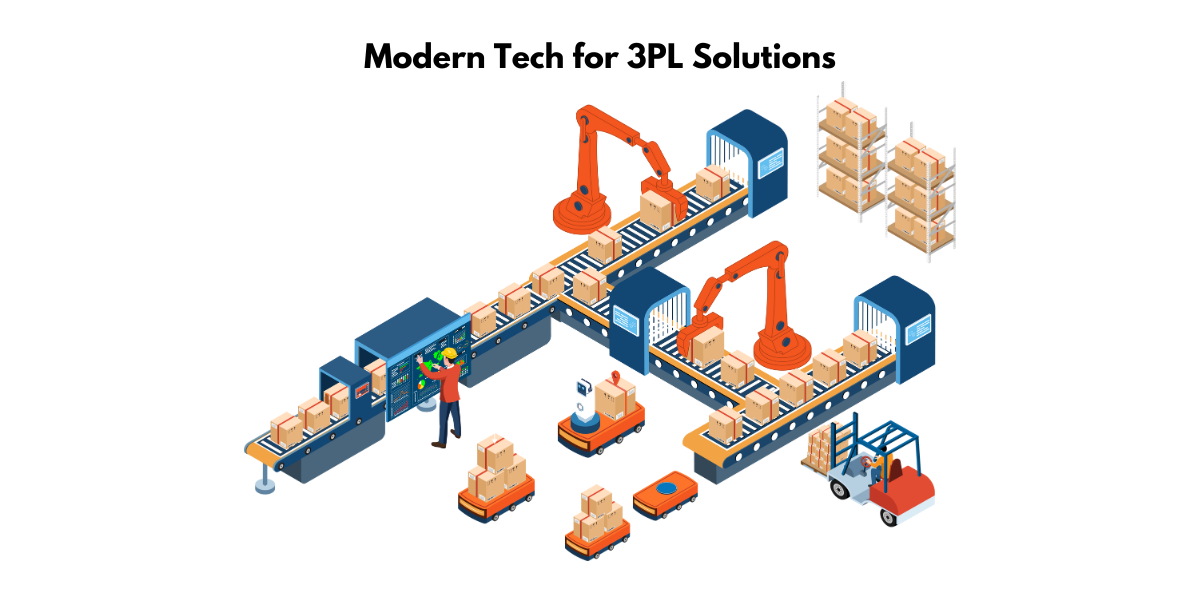Smart Warehouses Unveiled: Tech for Today’s 3PL Needs
Unveiling the Future of Warehousing
The Rise of Smart Warehouse Systems
The warehousing industry is currently witnessing a significant paradigm shift with the introduction of smart warehouse systems. These systems represent the fusion of information technology and operational technology, leading to a highly intelligent and automated warehousing environment. With the implementation of sensors, robotics, and data analytics, warehouse operations are becoming more agile and responsive to the fast-changing market needs. Isn’t it fascinating to reimagine the traditional storage spaces now being orchestrated by high-tech solutions?
Impact on Efficiency and Productivity
Imagine a warehouse where machines and software streamline every task, from inventory management to order fulfillment. That’s the promise of smart warehouses where efficiency and productivity are not just buzzwords; they’re tangible outcomes. These technologically advanced environments are all about working smarter, not harder. You’ll see fewer errors thanks to intelligent systems that cross-check and update in real-time. Overhead is reduced, as software takes over the paperwork, and flexibility in operations enables round-the-clock productivity. Plus, smart warehousing can often be a supplement to your workforce, handling repetitive tasks and freeing up employees for more complex jobs. This translates to a better bottom line and a happier workplace. Isn’t it time you took a step towards this smart solution?
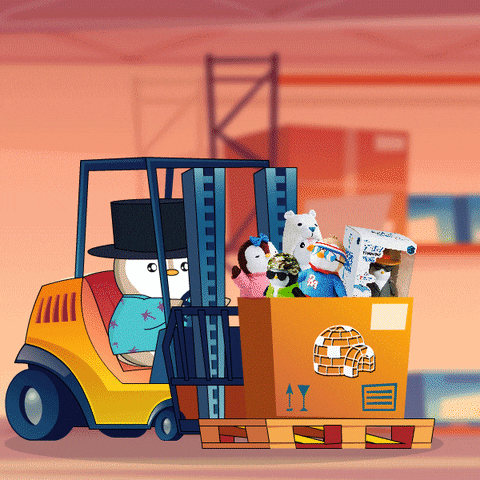
Key Features Defining Smart Warehouses
Autonomous Mobile Robots (AMRs) Revolutionizing Material Handling
Autonomous Mobile Robots (AMRs) are redefining the game in material handling within smart warehouses. Unlike their predecessors, AMRs intelligently navigate without preset paths, using sophisticated sensors to move around obstacles. This means they can swiftly adapt to changes in the warehouse layout or operation. They’re not only zipping across warehouse floors carrying goods, but they’re doing it with an efficiency that far outstrips manual handling.
What sets AMRs apart is their flexibility to integrate into existing systems and their scalability for future growth. This makes them a prime choice for businesses looking to upgrade to smart warehousing.
AI Driven Decision-Making for Optimized Operations
In the digital era, where data is king, Artificial Intelligence (AI) sits on the throne of warehouse optimization. By harnessing AI-driven decision-making, you can predict and adapt to market changes with an agility that traditional methods can’t match. Imagine AI algorithms poring over historical data, seasonal trends, and real-time feedback to not only forecast demand but to optimize every inch of your warehouse operation. They adjust inventory levels, suggest the best picking routes, and even anticipate maintenance needs, ensuring your operations are a well-oiled machine.
The beauty of AI lies in its ability to continuously learn and improve over time, which means the longer it’s in use, the smarter and more efficient your warehouse becomes. It’s like having a team of data scientists constantly at work, refining processes and boosting your bottom line.

Preparing for Implementation: Where to Start
Steps to Assess and Define Your Warehouse Optimization Goals
Before leaping into the world of smart warehousing, it’s vital to take a step back and look at the bigger picture. Start by thoroughly assessing your current warehouse operations. Are you noticing bottlenecks in certain areas? Are your inventory levels often inaccurate? These are the types of questions that need answers.
Firstly, gather detailed data on your inventory flow, labor costs, and retrieval processes. Analyzing these data points will pinpoint where improvements are needed and what goals to set. Then, define your objectives; whether it’s enhancing customer satisfaction with faster delivery times, increasing inventory accuracy, or reducing overheads. It’s all about tailoring your goals to align with your overarching business strategy.
Remember also to consider future growth. Your goals should not only solve current issues but also pave the way for scalable efficiency. Once these goals are crystal clear, you’ll be well-prepared to select the appropriate tech solutions that can turn these goals into realities.
Selecting the Right Technologies for Your Unique Needs
Choosing the right technology to meet your warehouse’s unique needs is like picking the perfect ingredients for a gourmet recipe—it has to be just right to create a masterpiece. Start by considering compatibility with your existing systems. You wouldn’t want the hassle of overhauling your entire infrastructure unless absolutely necessary.
Next, examine the user-friendliness of the technology; you need tech that can be easily adopted by your team. It’s also essential to assess scalability—can this technology grow with your business, or will it be obsolete in a few years? Finally, keep an eye on the potential return on investment. It’s not just about upfront costs but how the technology will save time and money in the long run.
Remember, the goal here is not to just jump on the bandwagon of the latest tech trend but to select tools that genuinely enhance your operations and drive your business forward.
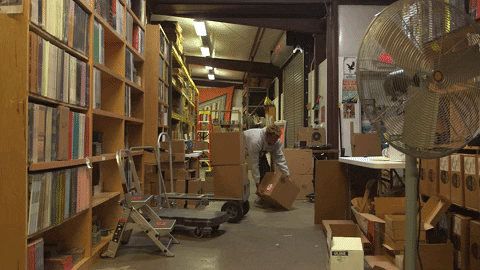
Integrating IoT for Seamless Connectivity
Implementing IoT for Real-Time Inventory Management
Stepping into the future with IoT for your inventory management means saying goodbye to guesswork and welcoming a world where precision reigns. Implementing IoT devices like sensors, RFID tags, and connected systems provides live updates on stock levels, location, and even the condition of your goods. Get ready for the magic of real-time data that can have a transformative effect on your operations.
When you tap into the power of IoT, you’re enabling a symphony of synchronized information, allowing for swift and informed decisions. Inventory discrepancies can be spotted and addressed immediately, and restocking becomes a proactive task. With this level of control and visibility, your business can maximize efficiency, prevent stockouts, and, ultimately, keep your customers delighted with prompt service.
Harnessing Data Analytics for Predictive Maintenance
Roles reversed, imagine your warehouse machines telling you when they need a tune-up. That’s the beauty of harnessing data analytics for predictive maintenance in a smart warehouse. By decoding the language of sensors embedded in your equipment, you’ll get insights on usage patterns and potential wear and tear. This information is like a crystal ball, foreseeing breakdowns before they cause disruptions.
The result? You can schedule maintenance during downtime, keeping your operations humming without a hitch. The cost savings from avoiding emergency repairs and unscheduled downtime alone can justify the investment. Not to mention the longevity predictive maintenance brings to your equipment—a true win-win situation.
Top Smart Warehouse Technologies Boosting Efficiency
Dynamic Warehouse Management Systems (WMS)
Dynamic Warehouse Management Systems (WMS) are the beating heart of a smart warehouse. Far from static, these systems adjust and react in real-time, creating a fluid backbone for operations. With a dynamic WMS, inventory management shifts from reactive to proactive, and you get a tool that’s tailored to the ever-changing landscape of warehouse demands.
Advanced Automated Picking Tools
Advanced Automated Picking Tools are transforming the once labor-intensive task of handpicking into a streamlined, tech-driven process. Picking automation, including voice-directed systems, robotic pickers, and pick-to-light technology, offers a precision that manual picking just can’t match, pushing accuracy rates close to perfection.
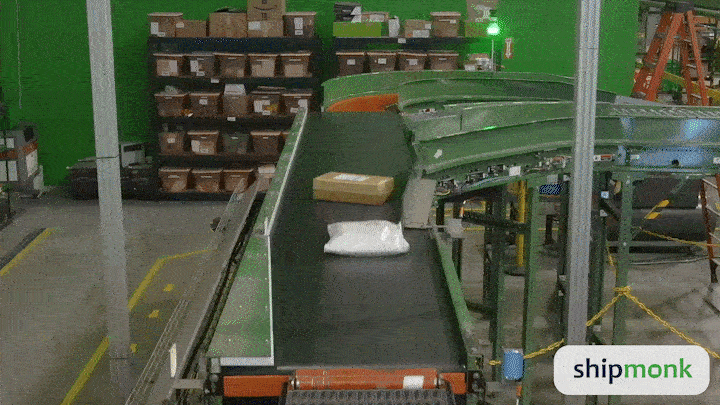
Enhanced Accuracy with Robotics and Automation
Collaborative Robots (Cobots) Supporting Human Workforce
Collaborative Robots, affectionately known as Cobots, are like the friendly neighborhood superheroes of the warehouse, working side by side with human employees. Unlike traditional robots confined to safety cages, Cobots roam free, thanks to their built-in sensors and safety features that prevent accidents. They take on the heavy lifting or the monotonous tasks, reducing strain and injury risk for human workers.
Automated Storage and Retrieval Systems (AS/RS) for Space Utilization
Automated Storage and Retrieval Systems (AS/RS) are the secret ingredient for maximizing your warehouse space and catapulting your storage efficiency to new heights. These ingenious systems use vertical space like never before, hoisting items up, down, and over with robotic precision. They’re perfect for squeezing out every cubic inch of utility in your facility.
Tackling Modern Challenges with Smart Solutions
Cybersecurity Risks in an Automated Environment
As warehouses embrace automation, the specter of cybersecurity risks looms large. The interconnectedness that empowers smart warehouses also opens them up to digital threats. Think data breaches that could expose sensitive information, or ransomware attacks that lock access to critical systems—these are not just hypotheticals but real risks that businesses face today.
To build a fortress around your digital assets, start with a secure network architecture resistant to intrusions. Implement Network Access Control (NAC) to oversee who gets access to your network, and don’t forget regular security audits; think of them as checkups for the health of your cyber defenses. Plus, it’s essential to create a culture of cybersecurity awareness—equip your team with the knowledge to recognize and steer clear of cyber threats.
And let’s not overlook the IoT devices that are the eyes and ears of smart warehouses. Ensuring each of these is fortified against attacks is crucial. After all, a wall is only as strong as its weakest brick.
Balancing Initial Costs with Long-Term Gains
Investing in smart logistics warehousing can feel like a high-stakes gamble with the initial costs often appearing daunting. From infrastructure upgrades to expensive technology acquisitions, the price tag might make you think twice. However, peeling back the curtain shows that these costs can be balanced out by long-term financial gains.
By automating processes, you can significantly cut down labor expenses not just today but for years to come. Smart warehouses also minimize the risk of errors and their associated costs, which can add up quickly in traditional settings. Plus, with energy-efficient systems and optimized space use, ongoing operational costs can see a substantial decrease.
Sure, you’ll need a comprehensive cost-benefit analysis to outline the potential return on investment, but with smart warehouses often saving more money over time, the initial expenditure doesn’t look quite as fearsome. Think of it as planting a seed—an investment today for a lush garden of savings tomorrow.
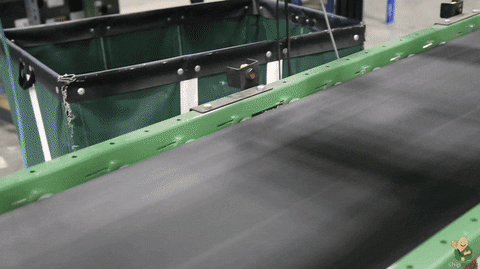
FAQs: Navigating the Smart Warehouse Landscape
What Makes a Warehouse “Smart”?
A warehouse earns the title “smart” when it adopts technologies that enhance efficiency, accuracy, and productivity. These might include IoT devices, AI, robotics, and automated systems that enable real-time inventory management, predictive maintenance, and dynamic decision-making. It’s a tech-driven space that thrives on data and automation to streamline operations from the ground up.
How Do Smart Warehouses Enhance Customer Service?
Smart warehouses enhance customer service by providing accurate, real-time inventory data and faster delivery times. Automation reduces errors in order fulfillment, and the savings from efficiency can lead to more shipping options for customers. This all contributes to a better, more reliable shopping experience that boosts customer satisfaction.
Are There Affordable Smart Technology Options for Small to Mid-sized Businesses?
Yes, there are affordable smart technology options available for small to mid-sized businesses. Many solutions offer scalable and modular systems that grow with your company, and subscription-based software can cut down on upfront costs. Leasing equipment and prioritizing high-impact areas for automation are also ways to take advantage of smart warehouse technologies without breaking the bank.
How Can Businesses Address Skill Gaps When Adopting New Technologies?
Businesses can address skill gaps by investing in comprehensive training programs. Encourage employees to partake in certifications and offer learning opportunities like workshops. Additionally, consider hiring specialized personnel for complex systems and fostering a culture that values upskilling and adaptability. Utilizing resources like practice tests can also be an efficient way to boost employee capabilities without incurring high costs.
- Smart Warehouses Unveiled: Tech for Today’s 3PL Needs - February 26, 2025
- The Lifecycle of Trade: How Mobile Apps Could Help Your Logistics Business - October 6, 2021
- 8 facts you didn’t know about Amazon’s supply chain system - June 22, 2021

